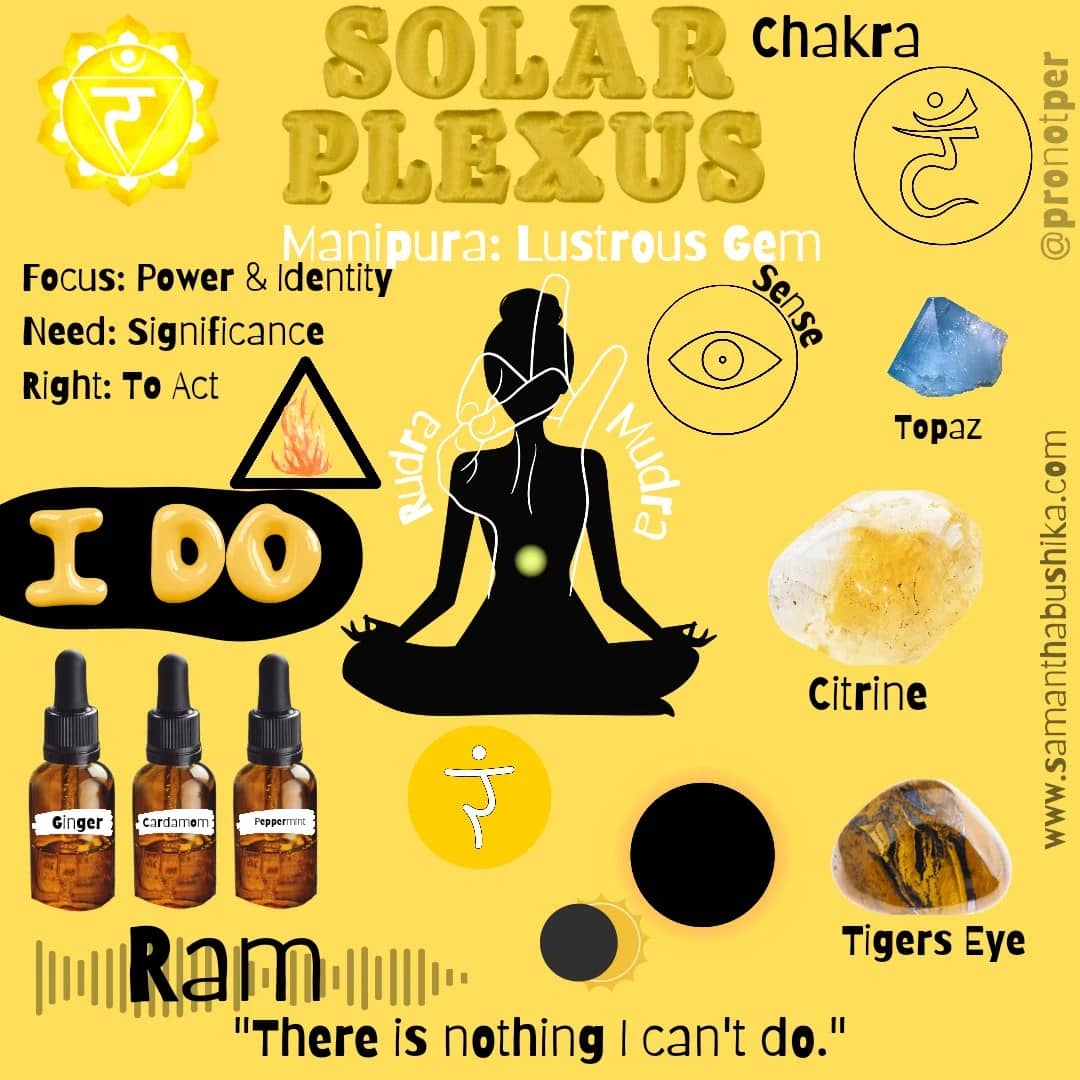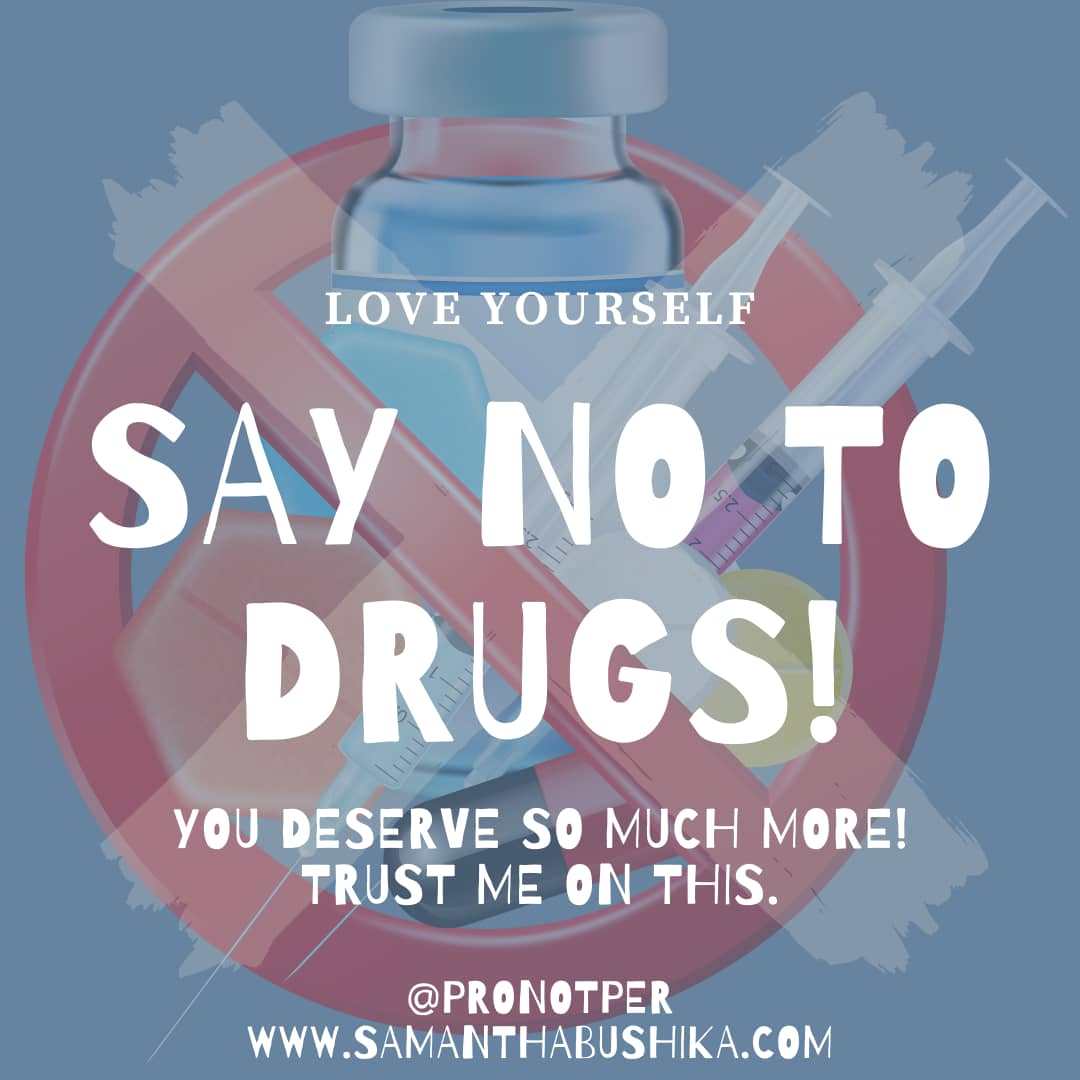
The realm of substance abuse – a world of highs and lows, tricks and traps! Just like a magician’s act, it promises fleeting pleasures but conceals the dark secrets of regret.
It’s like quicksand, slowly pulling you down into a dark and dangerous pit.
In a world grappling with the growing concern of substance abuse, there exists a potent yet enigmatic drug that has been both hailed as a medical breakthrough and feared as a dangerously addictive substance.
Ketamine, originally developed as an anesthetic in the 1960s, has found its place in modern medicine for its unique properties in pain management and treating symptoms of depression. However, its recreational use has raised alarming red flags, with reports of addiction, adverse effects, and potential long-term consequences.
What is Ketamine Abuse & Misuse?
Ketamine is a dissociative anesthetic hallucinogen, while Ketamine abuse refers to the misuse or excessive use of this drug.
While ketamine has legitimate medical uses, including anesthesia and pain management, it is also taken recreationally for its mind-altering effects.
It involves taking the drug in higher doses or more frequently than prescribed or recommended, often to achieve a state of euphoria, hallucinations, or dissociation from reality.
Moreover, it can lead to addiction, which is a chronic and compulsive pattern of drug-seeking behavior despite the negative consequences it may cause. When someone becomes addicted to ketamine, they may feel a strong psychological and physical dependence on the drug, leading them to prioritize obtaining and using it above all else.
What Are the Effects of Ketamine Use & Abuse?
At the right doses and under medical supervision, Ketamine can work wonders as an anesthetic and an antidepressant. But the abuse of ketamine can be quite dangerous.
The effects of this recreational drug can vary significantly depending on the dose, frequency of use, individual tolerance, and overall health.
Below are some of the physical and psychological effects individuals may experience because of ketamine overdose:
Short-Term Effects:

⦁ Distorted perceptions of time and space.
⦁ Euphoria and disconnection from reality.
⦁ Hallucinations and vivid dream-like experiences.
⦁ Numbness and impaired motor coordination.
⦁ Elevated heart rate and blood pressure.
Long-Term Effects:
⦁ Cognitive impairments and memory problems.
⦁ Persistent hallucinations and altered thought patterns.
⦁ Anxiety and panic attacks.
⦁ Increased risk of accidents and injuries due to impaired judgment.
⦁ Kidney, bladder system damage, or urinary tract infections with chronic use.
⦁ Physical dependence and potential addiction.
Psychological Effects:
⦁ Ketamine can induce intense and potentially distressing psychological experiences.
⦁ Users may feel disconnected from their bodies and surroundings, leading to dissociative effects
⦁ In some cases, Ketamine-induced psychological trauma or “K-hole” experiences can be psychologically distressing and challenging to process.
Health Risks and Complications:
⦁ Ketamine can lead to tolerance, where higher doses are needed to achieve the same effects.
⦁ The drug’s addictive nature can result in dependence, leading to cravings and withdrawal symptoms when use is reduced or stopped.
⦁ Mixing Ketamine with other substances, particularly alcohol or sedatives, can increase the risk of respiratory depression and overdose.
⦁ Chronic use of Ketamine can have adverse effects on mental health, leading to depression, anxiety, or cognitive impairments.
Social and Interpersonal Impact:
⦁ Ketamine can cause conflicts within relationships like family, friends, and colleagues.
⦁ Impaired cognitive function and erratic behavior may lead to problems at work or school.
Signs and Symptoms of Ketamine Overdose
Spotting the signs and symptoms of people who abuse ketamine can be like unraveling a mysterious puzzle. While individuals who abuse ketamine may try to hide their drug use, certain clues may indicate that they are struggling with the misuse. Here are some common signs and symptoms to look out for:
Behavioral Changes:

⦁ Sudden shifts in mood or behavior.
⦁ Social withdrawal and isolation from friends and family.
⦁ Neglecting responsibilities at work, school, or home.
⦁ Engaging in risky or impulsive behaviors.Physical Clues:
⦁ Frequent nosebleeds (if Ketamine is snorted).
⦁ Unexplained bruises or injuries due to impaired coordination.
⦁ Rapid heart rate and increased blood pressure.Psychological Indicators:
⦁ Frequent dissociative experiences or appearing “out of it.”
⦁ Memory problems and difficulty focusing on tasks.
⦁ Changes in speech patterns or slurred speech.Neglecting Personal Care:
⦁ Poor hygiene and grooming habits.
⦁ Weight changes or fluctuations due to changes in appetite.Disrupted Sleep Patterns:
⦁ Insomnia or disturbances in sleep-wake cycles.Relationship and Social Issues:
⦁ Conflicts with loved ones or friends due to drug use.
⦁ Loss of interest in activities once enjoyed.
⦁ Trying to hide drug paraphernalia or drug use from others.
Chronic Ketamine Use
Understanding the Vicious Cycle

Phase 1: Initial Use
Seeking euphoric effects or curiosity-driven experimentation.
Phase 2: Positive Reinforcement
After the initial use, the drug may provide pleasurable sensations, leading to positive reinforcement.
Phase 3: Escalation
Increasing the use of ketamine to maintain or intensify euphoria.
Phase 4: Tolerance & Dependence
Dependence may occur because of increased tolerance to ketamine.
Phase 5: Negative Consequences
Struggling to stop despite the negative effects on life, relationships, and health.
Phase 6: Recognition & Help-Seeking
Acknowledging the severity of addiction and seeking help.
Phase 7: Treatment & Recovery
Engaging in treatment programs to work towards recovery.
Phase 8: Abstinence or Relapse
Experiencing periods of abstinence, but relapse is possible during the recovery process.
The Good Part: Medical Uses of Ketamine
Therapeutic Potential Ketamine Use

Originally developed as an anesthetic, its application has expanded to various medical domains, offering hope and relief in unexpected ways. Here are some of the uses of Ketamine:
- Anesthetic Advantages
As a potent sedation drug, Ketamine excels in its quick onset and versatile applications.
Its unique properties make it an indispensable tool in surgical procedures, particularly in emergency settings or cases where traditional anesthesia may be less suitable. - Pain Management
Beyond anesthesia, Ketamine’s efficacy in managing acute and chronic pain has captured medical attention.
In controlled doses, it offers relief to patients suffering from complex pain conditions, such as neuropathic pain and migraines. - Depression Treatment
Perhaps one of its most revolutionary breakthroughs lies in the treatment of depression, especially when other methods have proven ineffective.
Low-dose Ketamine infusions have shown remarkable success in rapidly alleviating symptoms of severe depression, offering newfound hope to those who once felt trapped in the darkness. - Post-Traumatic Stress Disorder (PTSD)
Ketamine’s potential extends to aiding individuals struggling with PTSD. Studies have indicated its capacity to reduce distressing symptoms associated with trauma, providing a path toward healing and recovery.
The Way Forward
Ketamine Addiction Treatment Programs
The treatment for ketamine addiction is done with compassion, understanding, and evidence-based treatment programs. As the dark shadows of addiction loom, it is essential to shed light on the way forward – guiding individuals toward recovery and healing. Here’s what can be done:
⦁ Comprehensive Assessment: The first step in effective Ketamine addiction treatment is a thorough assessment by qualified professionals.
Medically Supervised Detoxification: For those with severe addiction, outpatient treatment may be necessary. A medically supervised detoxification process is essential to manage ketamine withdrawal symptoms safely.
⦁ Psychotherapy and Counseling: Cognitive-behavioral therapy (CBT), individual counseling, and group therapy play a pivotal role in addressing the psychological aspects of addiction.
⦁ Dual Diagnosis Treatment: For individuals with co-occurring mental health disorders, such as depression or anxiety, dual diagnosis treatment is crucial.
⦁ Holistic Therapies: Incorporating holistic approaches, such as mindfulness practices, yoga, art therapy, and meditation, can enhance emotional well-being and aid in self-discovery during recovery.
⦁ Family Involvement: The treatment for ketamine is most effective when the family is involved, as that can be instrumental in repairing relationships and creating a supportive environment for the individual’s recovery.
⦁ Self-Help Strategies and Relapse Prevention: The journey towards recovery does not end with treatment completion. Self-help strategies like ⦁ positive affirmations and relapse prevention strategies help individuals maintain sobriety and navigate the challenges of daily life.
On a concluding note, it can be said that raising public awareness about the risks of Ketamine overdose and addiction is crucial for early recognition and intervention. Education about treatment options, its medical uses, and support resources helps combat stigma and fosters a compassionate approach to addiction.
About the Author

Tooba, the proprietor of BloomingGuide, is an experienced educator, writer, and career counselor, holding a Bachelor’s degree in Psychology with a gold medal for academic excellence and is a Professional Member of ISSUP & Member of ANZMH. Passionate about mental health advocacy, she combines her expertise in personal growth and well-being to provide valuable insights in these areas.
If this post helped or resonated in any way…
If this post helped or resonated, or if you have questions, please use the comments below to let us know. You can also visit the Support forums if you need support or would like to offer support here. Please support my work by commenting, liking, sharing, and subscribing. You can also check out my merch here and my Amazon storefront here. *Please note that if you purchase anything using the links in my storefront, I may receive a small commission. Thanks.

(c) 2023 Progressing Not Perfecting, Llc.

































































